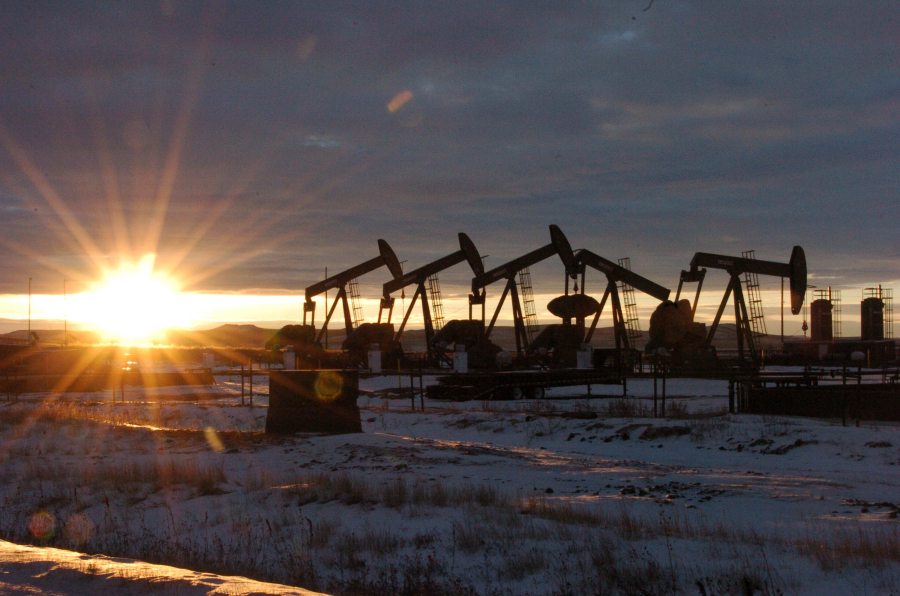Stripped bare, the effort to build the nation’s largest rail-to-marine oil terminal at the Port of Vancouver is about money. Tesoro Corp. and Savage Cos. intend to make plenty of it, and they promise the community will get plenty too.
Surely the companies calculated when they launched this process in 2013 that Vancouver is their best bet for maximizing profits. But global oil markets had a different plan. High supplies, low prices and a decline in North Dakota’s oil production raise questions about whether the massive terminal planned here looks like a Fort Knox of liquid gold anymore.
Industry analysts are quick to point out the oil market’s extreme volatility in recent years has changed financial expectations of projects like the Vancouver oil terminal.
“(Crude-by-rail) economics between North Dakota and Washington state have turned upside down in the past year,” wrote Sandy Fielden, an analyst with Houston-based advisers RBN Energy, in a March report.




